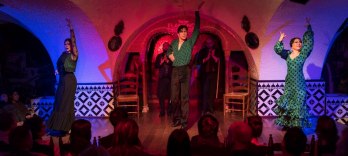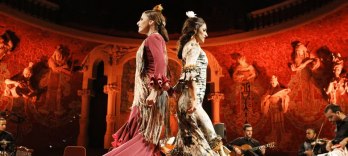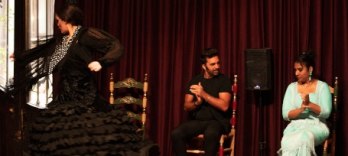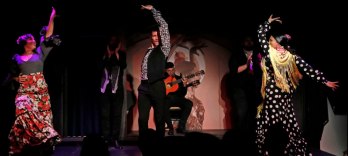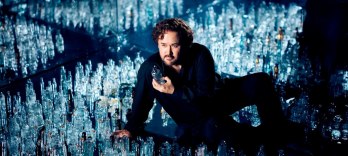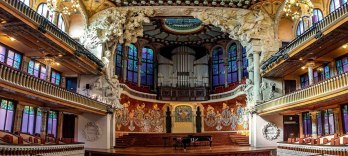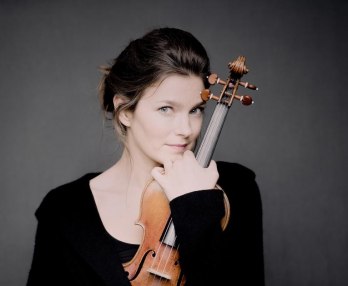Barcelona Opera Tickets | Barcelona Concert Tickets
What's on
Flamenco Shows in Barcelona
Barcelona - Tablao Flamenco Cordobes Barcelona
Su 07 Dec 2025, 19:15 - Tu 30 Dec 2025, 19:15
Su 07 Dec 2025, 19:15 - Tu 30 Dec 2025, 19:15
Flamenco Barcelona
Barcelona - The Palau de la Música Catalana
Su 07 Dec 2025, 21:30 - 22:45 - Th 01 Jan 2026, 17:00 - 18:15
Su 07 Dec 2025, 21:30 - 22:45 - Th 01 Jan 2026, 17:00 - 18:15
Flamenco Shows in Barcelona
Barcelona - Dalmases Palace
Su 07 Dec 2025, 17:30 - Tu 30 Dec 2025, 17:30
Su 07 Dec 2025, 17:30 - Tu 30 Dec 2025, 17:30
Flamenco Shows in Barcelona
Barcelona - El Duende by Tablao Flamenco Cordobes
Su 07 Dec 2025, 19:00 - Tu 30 Dec 2025, 19:00
Su 07 Dec 2025, 19:00 - Tu 30 Dec 2025, 19:00
Gran Teatre del Liceu Barcelona
Barcelona - Gran Teatre del Liceu
Su 07 Dec 2025, 18:00 - 20:45 - Mo 15 Dec 2025, 19:30 - 22:15
Su 07 Dec 2025, 18:00 - 20:45 - Mo 15 Dec 2025, 19:30 - 22:15
Palau de la Música Catalana
Barcelona - The Palau de la Música Catalana
Su 07 Dec 2025, 17:00 - Su 07 Dec 2025, 17:00
Su 07 Dec 2025, 17:00 - Su 07 Dec 2025, 17:00
Bestseller events
Palau de la Música Catalana
Barcelona -
The Palau de la Música Catalana

 EN
EN DE
DE IT
IT FR
FR ES
ES RU
RU JP
JP RO
RO
